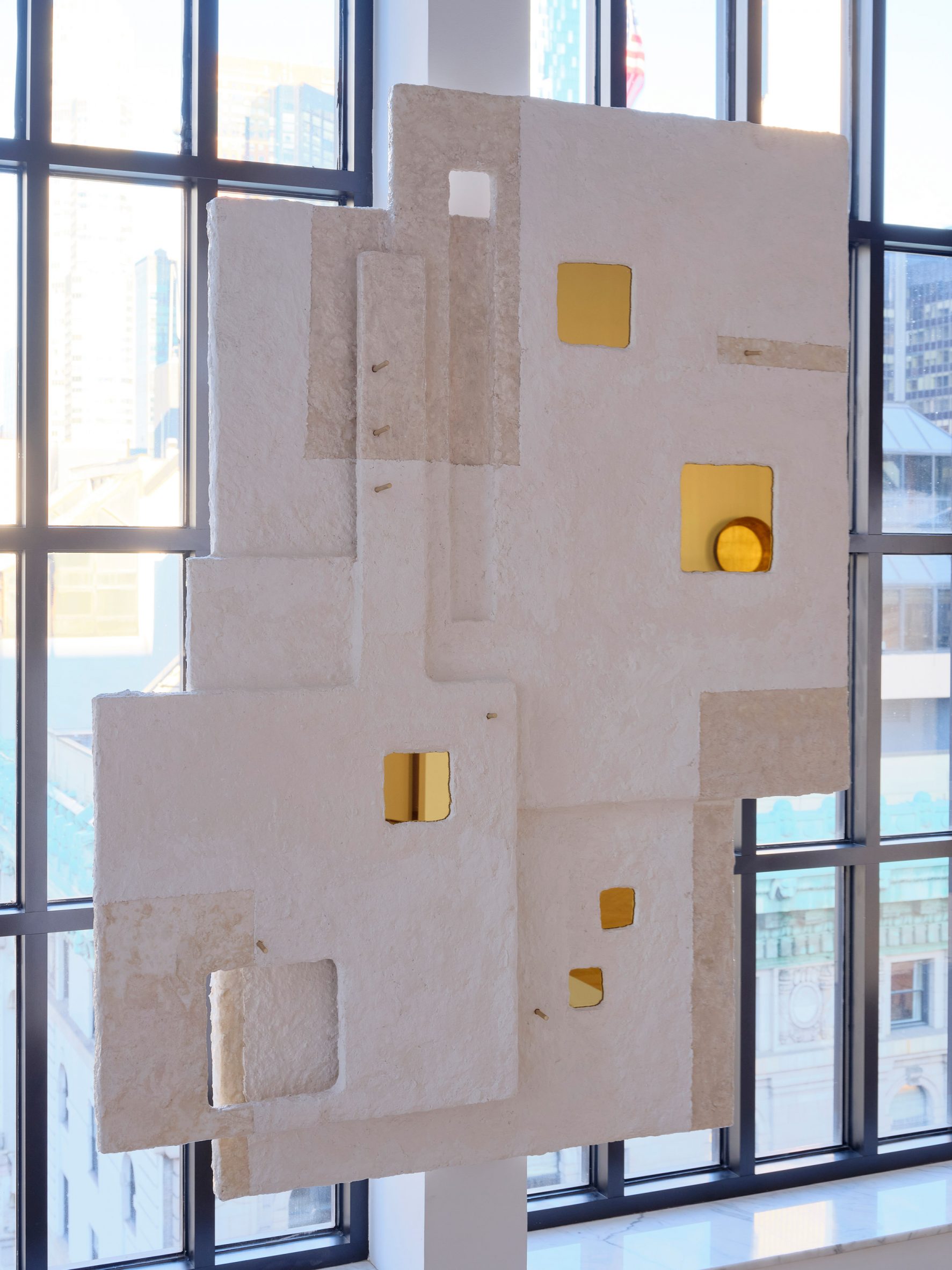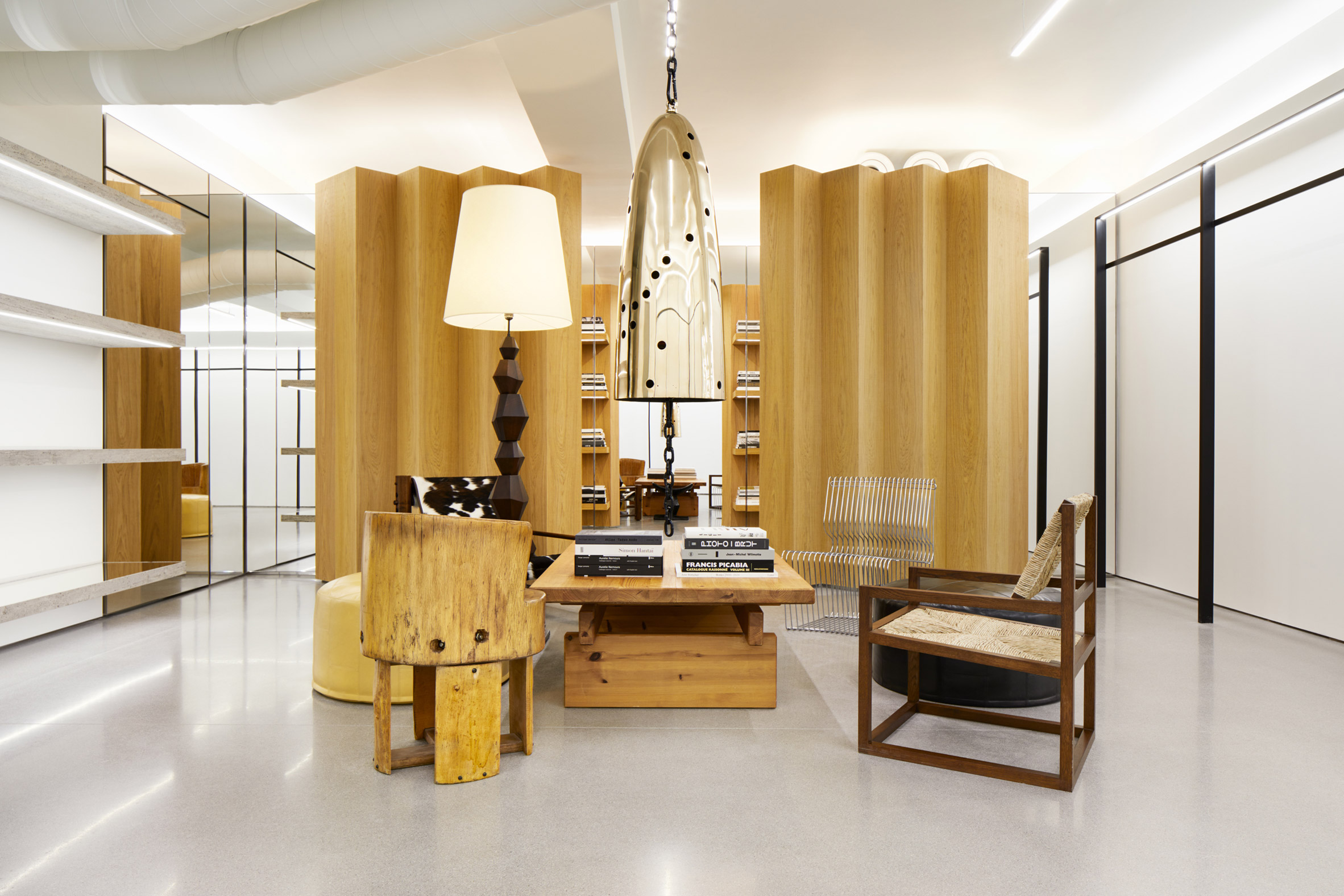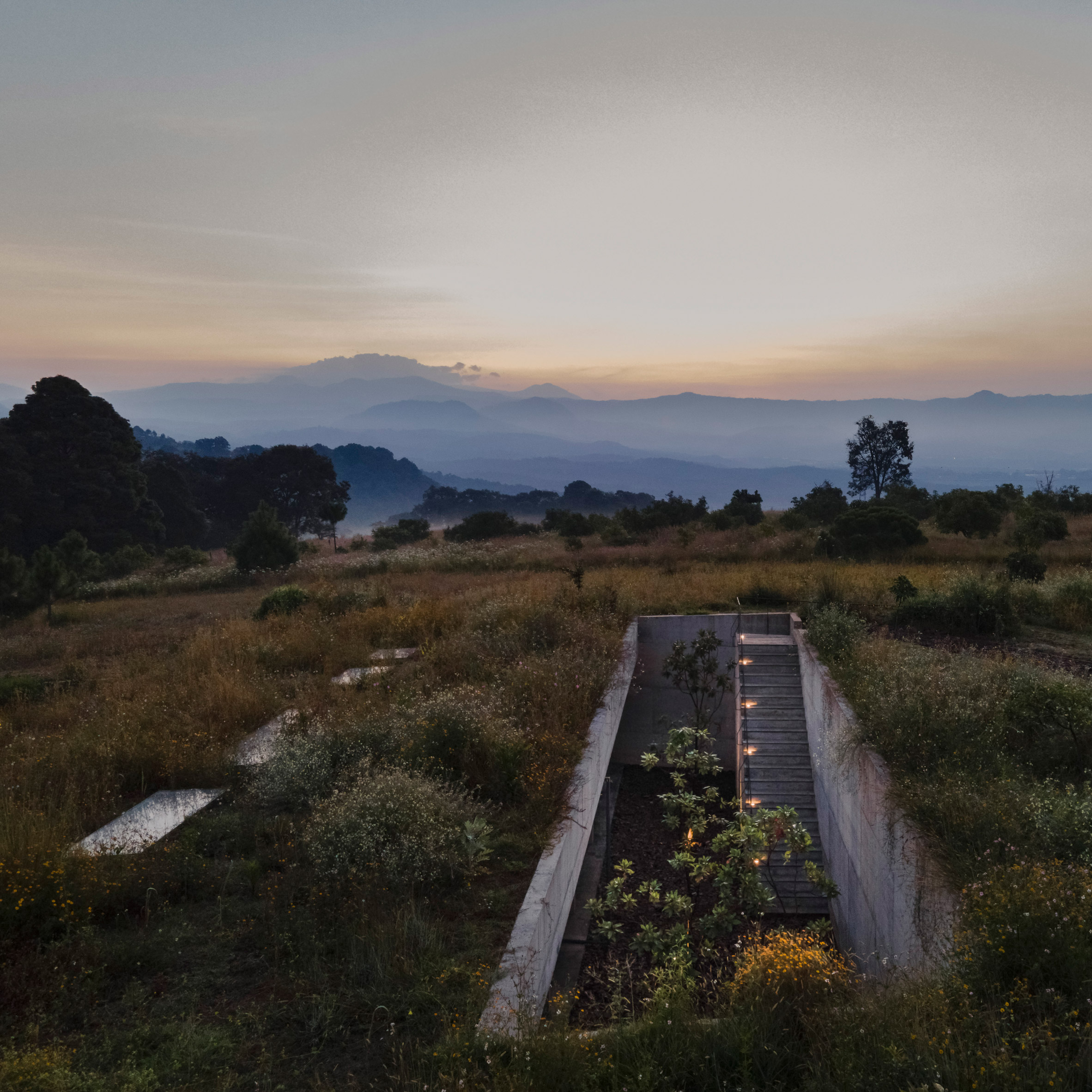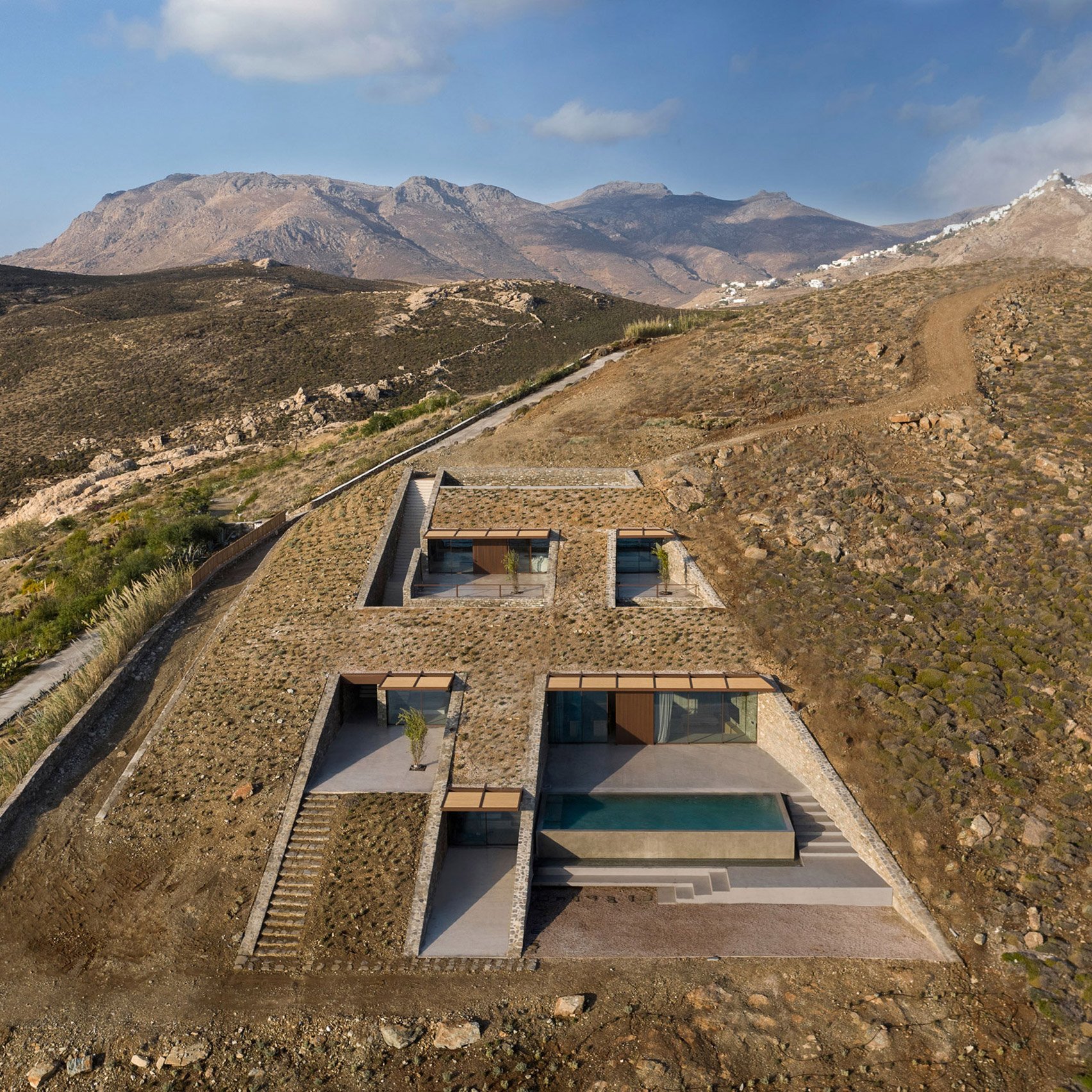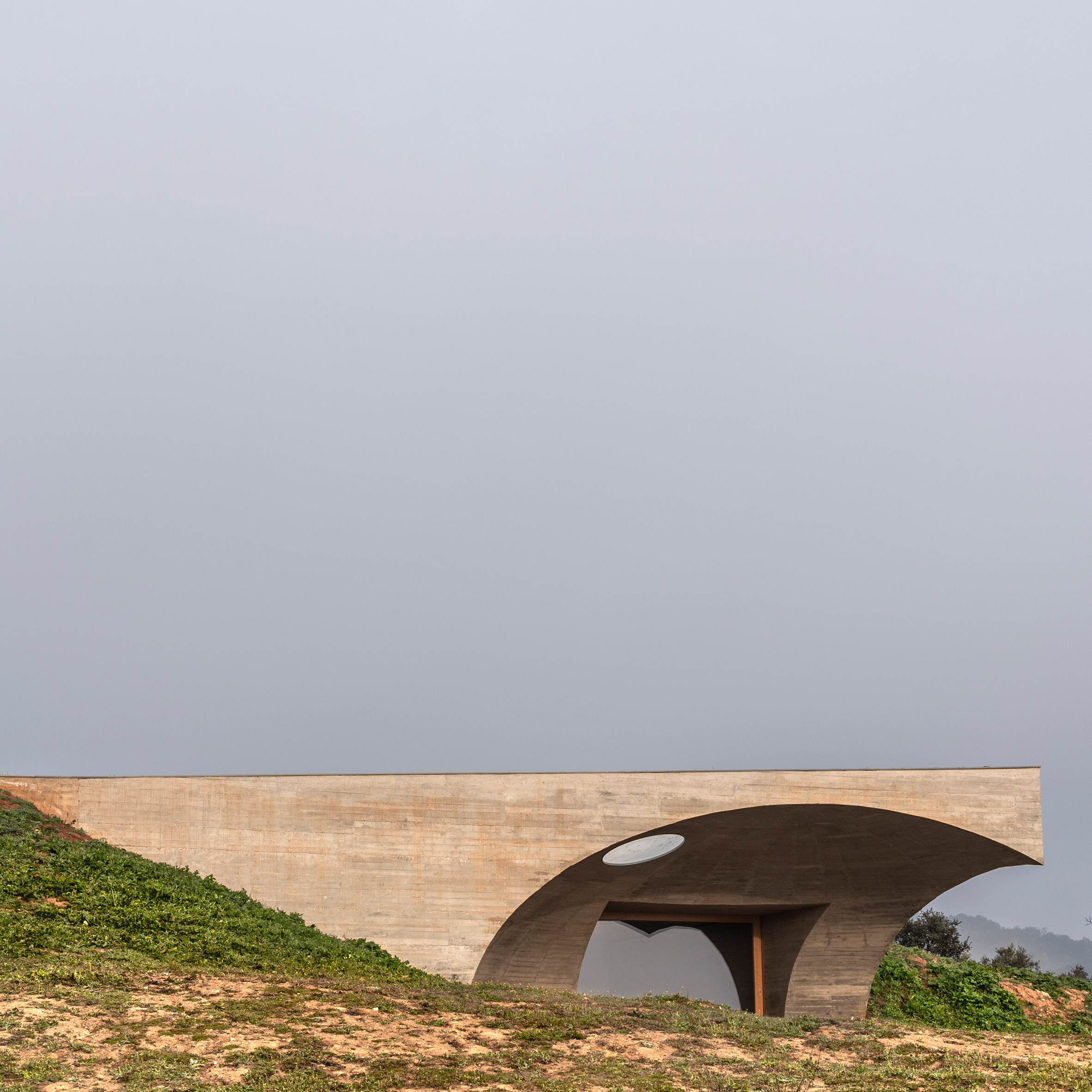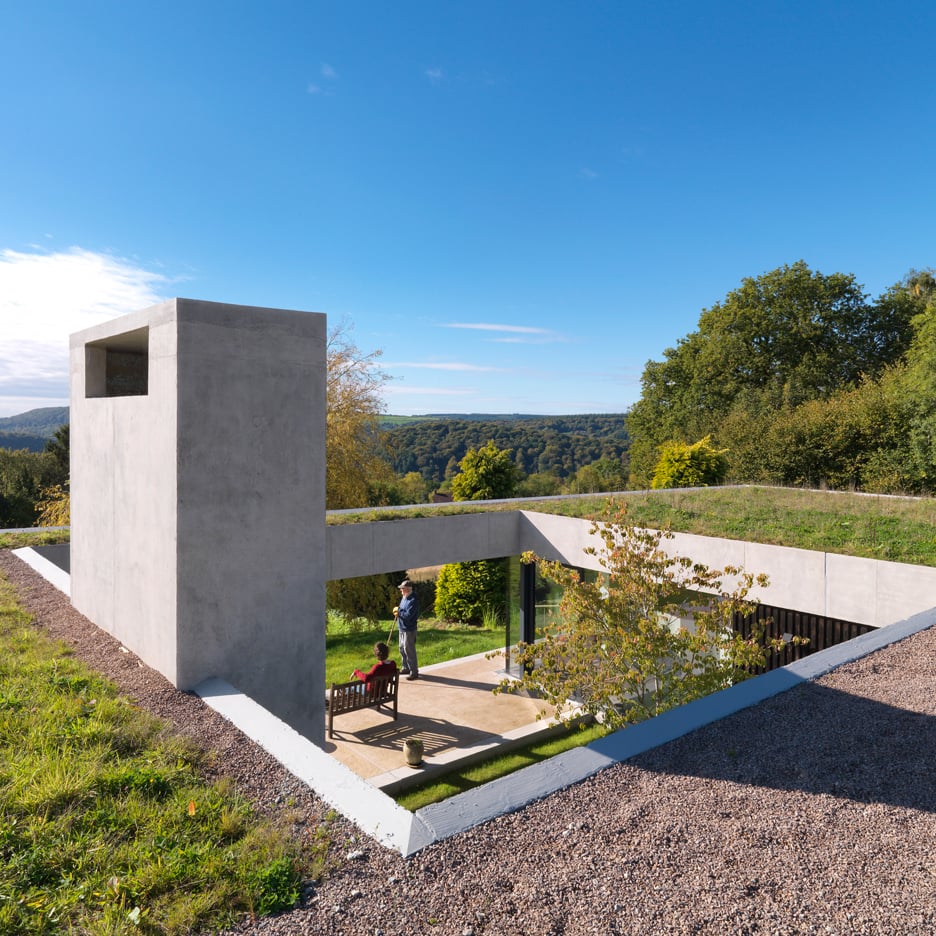
This week on Dezeen, car brand BMW released images of its updated electric iX SUV vehicle, which is wrapped in "digital paper" that can change colour.
Named iX Flow, the concept car is designed by BMW to change from black to white at the switch of a button to suit a driver's personal taste or changing weather.
According to the brand, by turning their car a reflective white in the sun or heat-absorbing black in the cold, drivers could help cut the electric vehicle's energy consumption and in turn increase its range.

In Venice, Santiago Calatrava's Ponte della Costituzione bridge was in the spotlight after the city announced its tempered-glass treads would be replaced to prevent "almost daily" falls.
In support of the plan, Calatrava's studio has offered to assist with the design and "work out a proposal pro bono".
Improving conditions for pedestrians was also a priority of the European Commission's Efficient and Green Mobility package, which proposes an overhaul of urban infrastructure across the EU to encourage more walking and cycling to help meet decarbonisation goals.
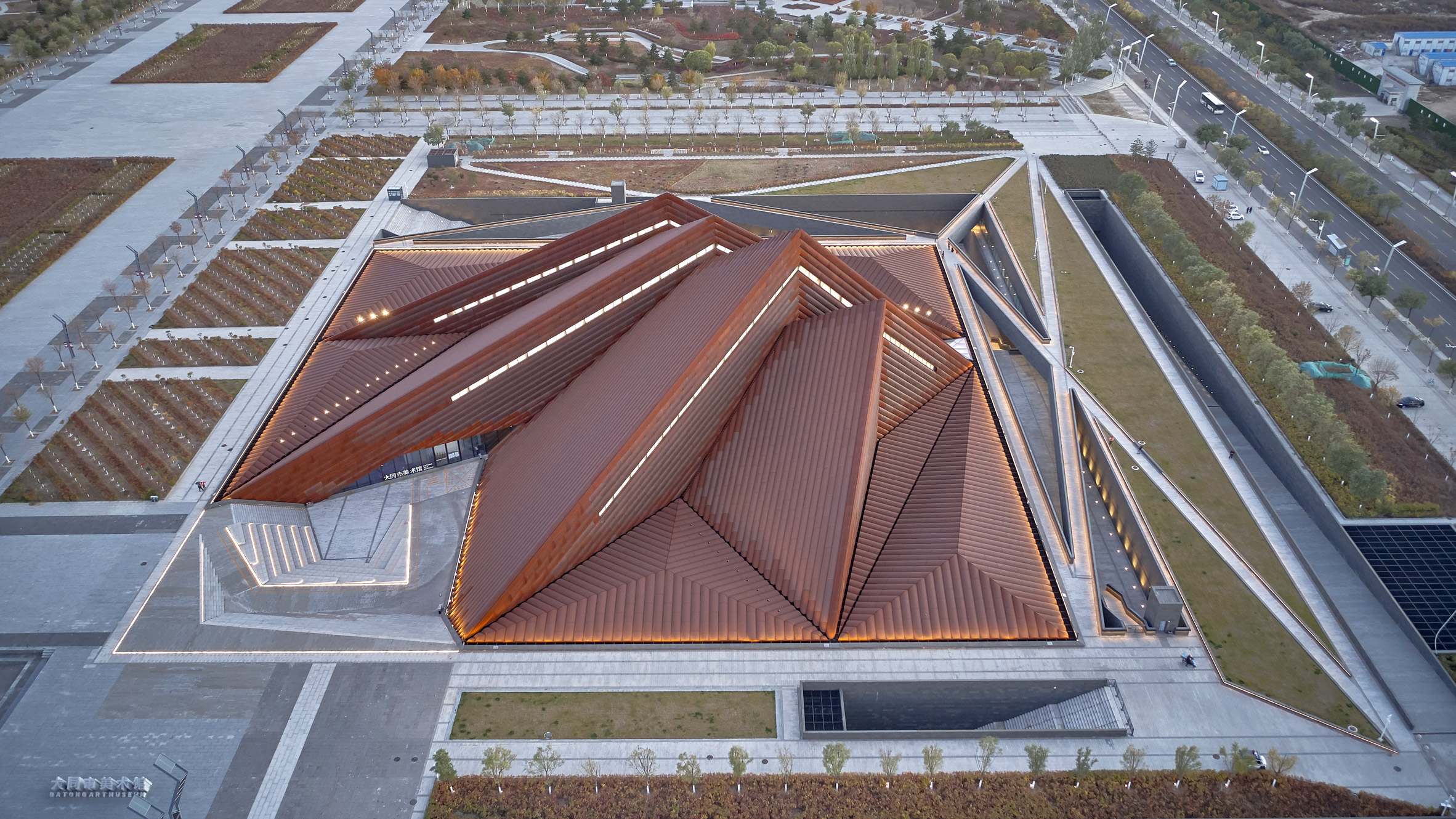
Foster + Partners has criticised a sustainability report by the Royal Institute of British Architects (RIBA) that is backed by nearly 250 built environment organisations, claiming it deviates from the Paris Agreement treaty on climate change.
The studio also hit the headlines this week after it completed the Datong Art Museum, a subterranean gallery in China with a pyramidal roof covered in weathering steel.

To celebrate the new year, we looked ahead at twelve interesting architecture projects that are expected to complete in 2022. Among them is the Sydney Modern extension by SANAA, the Arkansas Museum of Fine Arts by Studio Gang and the long-awaited Taipei Performing Arts Center by OMA.
Snøhetta also gave readers something to look forward to as it revealed its designs for the Sub-Center Library in Beijing that is intended to emulate a ginkgo-tree forest.

We reported that artist and stage designer Es Devlin was named a Commander of the Order of the British Empire (CBE) in the Queen's 2022 New Year Honours list in recognition of her services to design.
Awards were also given to co-founder of Black Females in Architecture Selasi Awo Setufe, chairman of Grimshaw Architects Andrew David Whalley and AKT II co-founder Hanif Kara.

It was announced that award-winning engineer Max Fordham had passed away this week at the age of 88.
Fordham, who worked on projects including the Alexandra Road Estate by Neave Brown and Tate St Ives by David Shalev and Eldred Evans, was hailed by his eponymous studio as "an acclaimed engineer and pioneer of sustainable building design".

Projects that sparked readers' imaginations included affordable housing for artists in the UK, a cabin in France clad with scorched pine wood and a minimalist church altar by Max Lamb.
This week's lookbook celebrated bedrooms that make use of elegant wood panelling to create a cosy atmosphere.
This week on Dezeen is our regular roundup of the week's top news stories. Subscribe to our newsletters to be sure you don't miss anything.
The post This week BMW revealed its colour-changing iX Flow vehicle appeared first on Dezeen.
from Dezeen https://ift.tt/3JKpDzU



